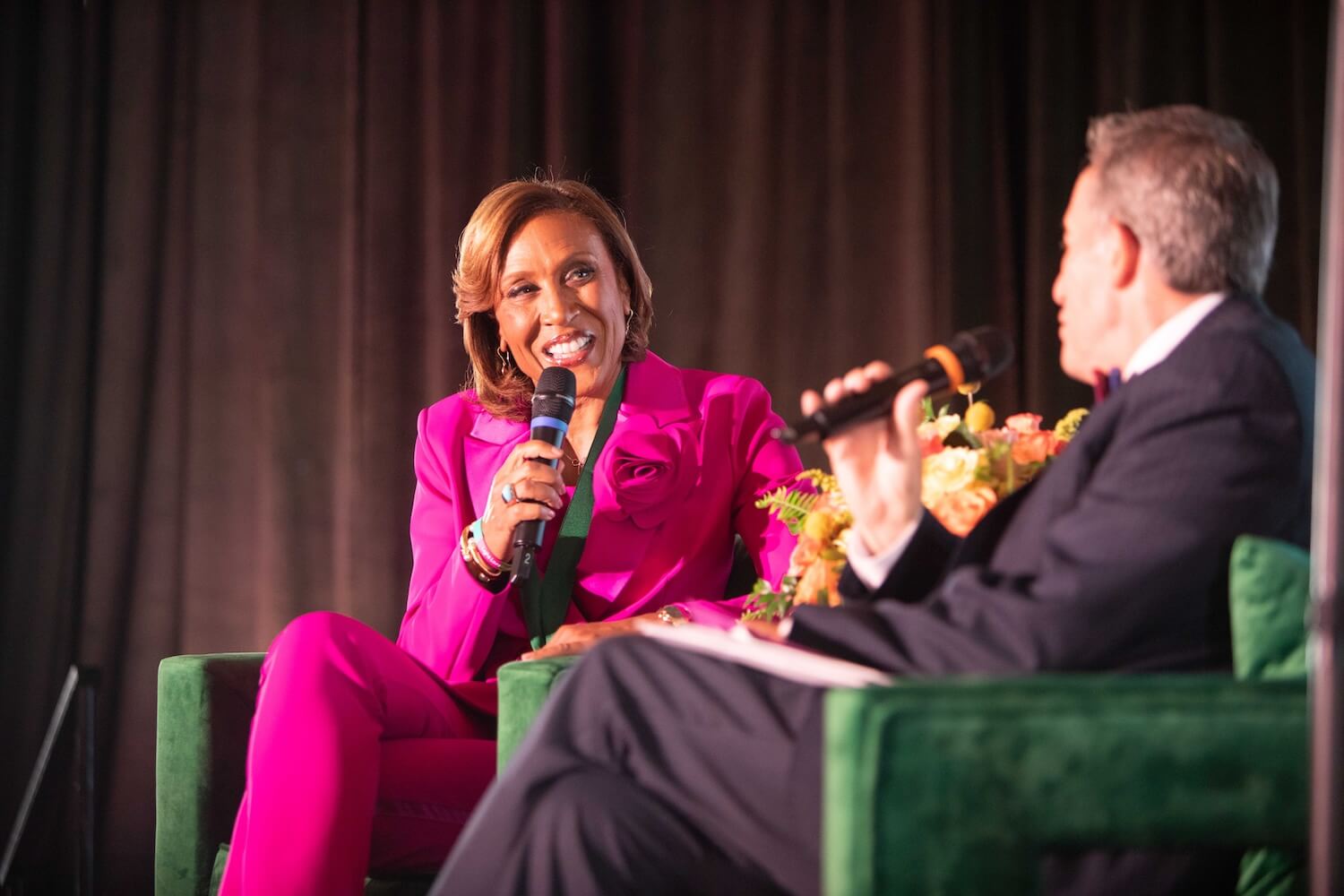The college search could get eaiser. Poynter’s Al Tompkins writes in Al’s Morning Meeting about an interesting prediction that college-bound students will have an easier time getting into their No. 1 school. Since the prediction may affect those who are juniors or sophomores this year, ask those students about their college plans. You may want to take a poll of how many seniors this year got into their first-choice college.
Here’s an excerpt from Tompkins’ column:
because of demographics, and universities are beginning to understand
that soon there will be fewer students to fill classroom seats. The
good news for the students is that it will soon be less difficult to
get accepted to the school of their choice. Clearly, this story has
local implications for your nearby university or college.
the colleges of their choice later this month. But though it may not be
of much solace to them, in just a few years the admissions frenzy is
likely to ease. It’s simply a matter of demographics.
Projections show that by next year or the year after, the annual
number of high school graduates in the United States will peak at about
2.9 million after a 15-year climb. The number is then expected to
decline until about 2015. Most universities expect this to translate
into fewer applications and less selectivity, with most students
probably finding it easier to get into college.
“For the high school graduate, this becomes a buyers’ market,” said Daniel M. Fogel, president of the University of Vermont.
After years of being overwhelmed with applicants, higher education
institutions will over the next decade recruit from a pool of public
high school graduates that will experience:
– A projected national decline of roughly 10 percent or more in
non-Hispanic white students, the population that traditionally is most
likely to attend four-year colleges.
– A double-digit rise in the proportion of minority students —
especially Hispanics — who traditionally are less likely to attend
college and to obtain loans to fund education.
Despite those obstacles, minority enrollment at undergraduate
schools is expected to rise steadily, from 30 percent in 2004 to about
37 percent in 2015, some analysts project.





